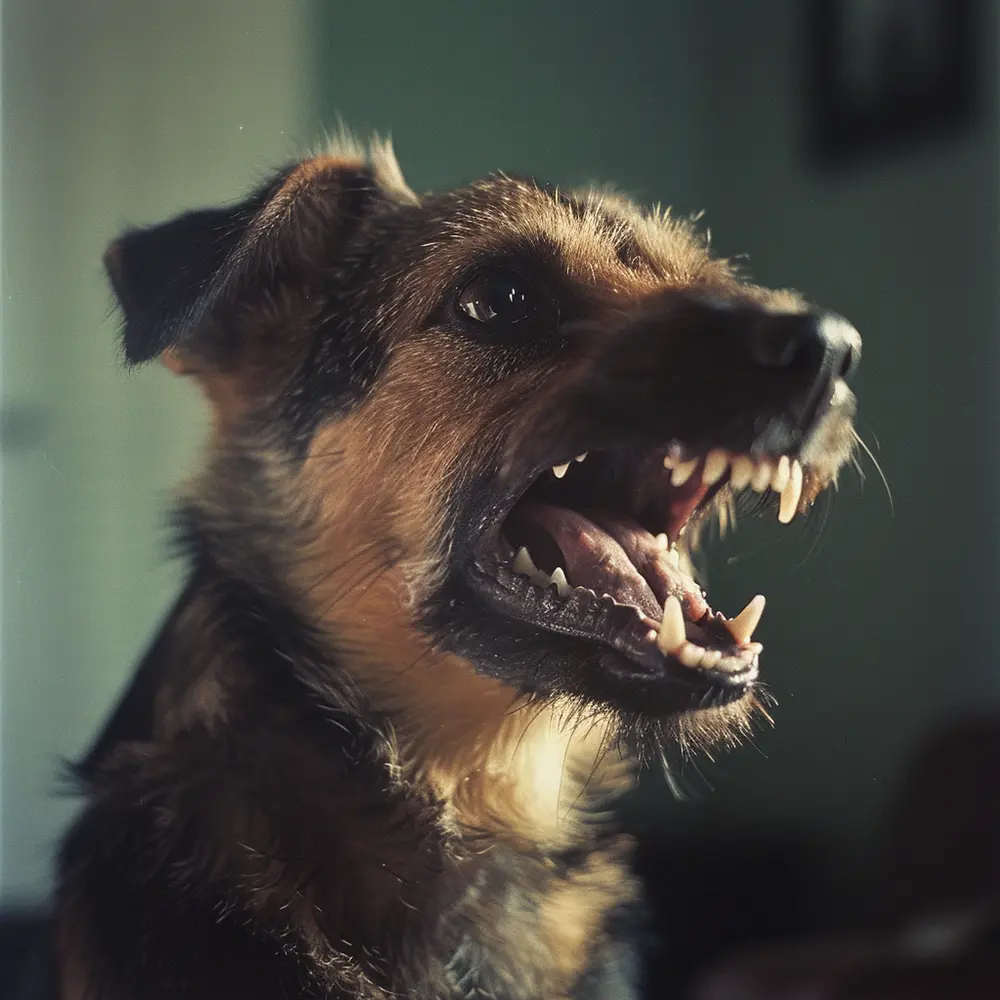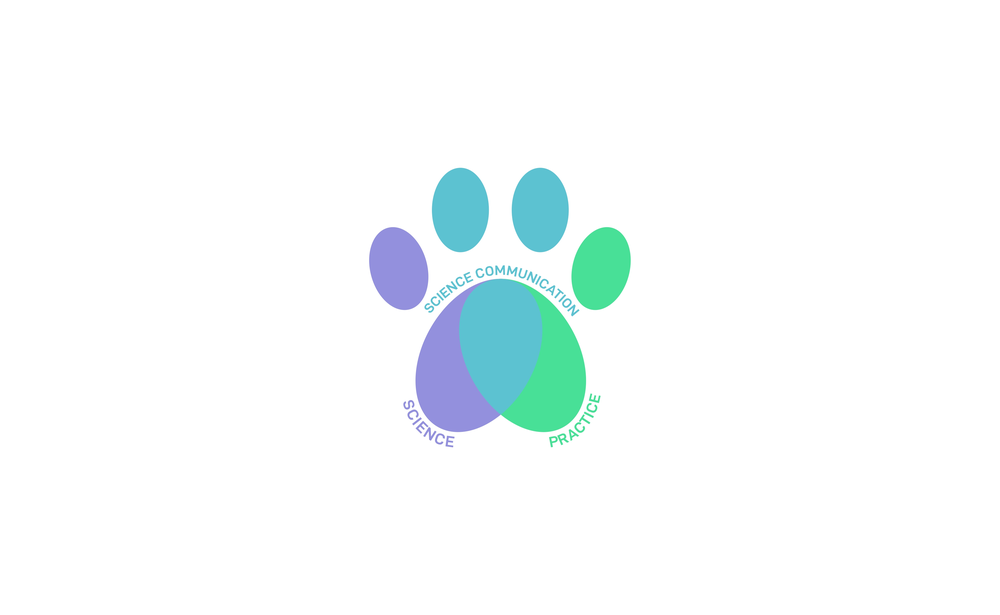Table of Contents:
Understanding Dog Growling Noise
Growling is a form of communication in dogs that can indicate a variety of emotions or intentions. It's crucial to understand that growling is not solely a sign of aggression. It can be a dog's way of expressing fear, anxiety, or simply a reaction to being overwhelmed. It's a vocalisation that serves as a warning or a sign that your dog is uncomfortable.
It's also important to recognise that playful growling during activities like tug of war is normal for many dogs. This type of growling is usually not a sign of aggression. Observing the entirety of your dog's body language can provide clues about the nature of the growl. A relaxed posture, wagging tail, and eager engagement in play often accompany non-aggressive growling.
Growls can also be context-dependent and vary in sound and intensity. A low-pitched growl might indicate a warning, whereas a higher-pitched growl could be a sign of fear or pain. It's the pet owner's responsibility to learn and interpret their dog's growling noise to understand their pet's needs and respond appropriately.
The Different Meanings Behind Your Dog's Growls
Dogs communicate through a variety of growls, each with distinct meanings. Here are some interpretations of common growling scenarios:
- Play Growling: A sign of enjoyment, often heard during a game of fetch or tug-of-war. It's higher in pitch and accompanies a playful attitude.
- Warning Growl: A deep, rumbling growl signalling a dog is setting boundaries or feels threatened. This may warrant closer attention to the situation at hand.
- Fearful Growling: Emitted when a dog is scared, it's usually a higher-pitched growl meant to keep perceived threats at bay.
- Protective Growling: Occurs when a dog is guarding resources like food, toys, or even their human companions. It can escalate if the dog feels their possessions are in danger.
- Pain-Induced Growling: A response to discomfort, indicating your dog may be in distress and require medical attention.
Owners should consider the situation to accurately interpret growling. For instance, a normally friendly dog that suddenly growls when touched may be in pain. By contrast, a gentle growl while playing pull games is typically harmless.
Interpreting Canine Growls: Signals and Meanings
| Growl Type | Possible Meaning | Contextual Clues | Recommended Action |
|---|---|---|---|
| Playful Growl | Dog is in a playful mood and wants to engage | Loose body language, wagging tail, playful stance | Engage in play, maintain a positive environment |
| Warning Growl | Dog is feeling threatened or uncomfortable | Stiff body posture, exposed teeth, intense stare | Give space, avoid eye contact, and speak calmly |
| Fearful Growl | Dog is scared and may react defensively | Cowering, ears flat, tail between legs | Remove the fear source if possible, offer comfort |
| Aggressive Growl | Dog is prepared to defend themselves if necessary | Rigid stance, deep growls, direct eye contact | Do not confront, exit the situation safely |
| Protective Growl | Dog is guarding resources or its family/group | Focused on a person or object, body blocking | Do not attempt to take the resource, seek professional help if needed |
| Pain-Induced Growl | Dog is in pain or discomfort | Avoidance of touch, licking specific area, limping | Approach gently, consult a veterinarian |
Is Your Dog Playing or Showing Discomfort? Interpreting Growling Sounds
Distinguishing between playful growling and sounds of discomfort is essential for understanding your dog's well-being. While a growl during play is often harmless, it can sometimes be challenging to determine the nature of the sound.
To accurately interpret your dog's growling, look for accompanying behaviours. A dog that’s playing will have a loose, relaxed body and may bounce around, eager to engage more. In contrast, a dog showing discomfort will often have a stiff posture, and the growl may sound more intense or urgent.
A deeper evaluation of the surroundings and recent changes in your dog's life can provide further insight. For example, a new pet in the home or changes in routine may cause stress, leading to growls of discomfort. If there's no obvious reason for your dog's distress, it might be time to consult a professional to rule out any health issues.
Growling as a Warning: When to Pay Attention
A growl can serve as an important warning signal from your dog. It is a clear communication that your pet feels the need to protect her- or himself or signal that something is wrong. While people may misunderstand this as bad behaviour, recognising the underlying causes is essential for the safety of both the dog and people around it.
If a growl occurs in situations where there is no play involved, it's a sign to take notice. This type of growling could be a reaction to an intrusion of personal space, discomfort with new surroundings, or unease around other animals or strangers. It indicates that your dog is reaching a threshold for tolerance, and action should be taken to alleviate the stressor.
It’s highly advisable to never punish your dog for growling, as this may discourage the dog from issuing a warning before potentially resorting to a bite. Instead, identify what is causing the growl and work on training or environmental changes to help your dog feel more secure.
The Role of Context in Deciphering Dog Growling Noise
The significance of a growl can be deeply rooted in the context it occurs within. The environment, the dog's past experiences, and the presence of triggers all play a part in interpreting the growl's meaning. It is important to consider these factors to respond appropriately to your dog's communication.
For instance, a dog that growls at a new visitor may be expressing protective instincts or fear of strangers, based on past encounters or a lack of socialisation. A growl heard when someone approaches a dog's food bowl might denote resource guarding, a behaviour that requires careful management and potential training intervention.
Observing your dog's daily interactions and noting any patterns in growling behaviour can be useful in understanding their triggers and needs. This context-based approach allows pet owners to address the root cause and seek the guidance of a professional if necessary, rather than misinterpreting the growl as mere disobedience.
Training Tips: Responding to Your Dog's Growling
Effective training methods can help manage and respond to a dog's growling. Positive reinforcement is key, rewarding your dog for calm behaviour and helping it associate new experiences with positive outcomes.
When your dog growls, remain calm and try to identify the cause. If it's a situation that can be safely altered or removed, do so.
Consistency is also essential in training. If your dog growls during play and you determine it's not a sign of distress, maintain the game's boundaries. This teaches them that play doesn't have to be halted if they communicate in a non-threatening way. However, always monitor the intensity and frequency of growling to ensure it doesn't indicate an underlying issue requiring professional advice.
Professional Insights: When to Seek Help for Growling Behaviour
While some growling can be addressed through training, there are instances when it's best to seek professional advice. A behaviourist, other dog professional or a vet can offer insights tailored to your dog's specific needs and help you understand when growling indicates something more serious than typical canine communication.
If your dog’s growling is accompanied by more aggressive behaviour, such as snapping or biting, or if the growling is new and uncharacteristic for your pet, these are clear signals to consult a professional. Similarly, if your dog's growling becomes more frequent or intense without obvious triggers, this could indicate pain or health issues that require immediate attention.
Lastly, a professional can help create a detailed training plan to modify undesirable growling behaviours, ensuring that your approach is both compassionate and effective. With the right support and strategies, you can address growling behaviour positively while strengthening the bond with your dog.
Growling and Your Dog's Body Language: A Comprehensive Guide
Growling is just one component of your dog's wider communication system, which includes a range of facial and body language signals. To fully understand what your dog is trying to convey, it's important to look at the full picture of their expressive language.
A stiff, still body combined with a growl may suggest that your dog feels threatened or defensive, while a relaxed posture and soft eyes usually mean the growl is less serious. Other signals, such as the position of the ears and tail, can also offer additional clues. Ears pinned back and a low tail might indicate fear, whereas ears forward and a wagging tail could suggest excitement or playful intent.
By learning to interpret these body language cues in conjunction with growling, you will be better equipped to understand your dog’s emotional state and motivations. This holistic approach to communication not only aids in responding correctly to your dog's needs but also helps in preventing misunderstandings and strengthening your bond.
Fostering a Positive Environment to Minimise Negative Growling
Creating a positive and secure environment is key to reducing instances of negative growling. Dogs thrive in a stable setting where their boundaries are respected and their needs are met.
Regular exercise and mental stimulation can prevent frustration and boredom, often underlying causes of stress-related growling. Providing interactive toys, puzzle feeders, and opportunities for play can significantly improve your dog’s mood and behaviour.
Socialisation can also play a significant role. Exposing your dog to various people, animals, and environments early on helps them develop confidence and reduces fear-based growling. Consistent routines, training sessions, and a peaceful home life will further reinforce a sense of security and well-being for your dog.
Conclusion: Embracing Growls as Part of Dog Communication
Growling is a fundamental aspect of how dogs communicate with the world around them. Rather than viewing growling solely as a negative behaviour, it is important to embrace it as a form of expression that can help us better understand and care for our canine companions.
By paying attention to the context, body language, and environmental factors, pet owners can discern the motivations behind a growl. This insight enables them to address any issues their dog may be communicating, whether it's discomfort, the need for space, or simply excitement during play.
In conclusion, when considered as part of a dog’s broader communication toolbox, growling becomes an invaluable signal or cue, guiding owners in providing a supportive and nurturing environment for their dog to thrive in.
Understanding Your Dog's Growl: Communication or Warning Signs?
Is growling always a sign of aggression in dogs?
No, growling is not always a sign of aggression. It can be a dog's way of communicating various emotions such as playfulness, discomfort, or warning signals, depending on the context and body language accompanying the growl.
Should I be concerned if my dog growls during play?
Playful growling during games like tug-of-war is normal and often not a cause for concern. Pay attention to your dog's body language—look for signs of a relaxed posture and wagging tail to confirm it's simply playfulness.
How can I tell if my dog is growling out of fear?
Fearful growling is typically higher-pitched and may be accompanied by submissive body language like cowering, ears flat, and tail between legs. It's a sign your dog is scared and indicating they want space.
What should I do if my dog growls when approached by strangers?
If your dog growls at strangers, it could be expressing protective instincts or a lack of socialization. It's important not to punish the growl. Instead, try to understand the cause, provide your dog with reassurance, and consider seeking guidance from a professional if this behavior persists.
Can growling indicate that my dog is in pain?
Yes, pain-induced growling can occur if your dog is experiencing discomfort. This type of growl tends to be a response to touch and may be accompanied by other signs such as limping or licking a specific area. If you suspect your dog is in pain, consult a veterinarian.








